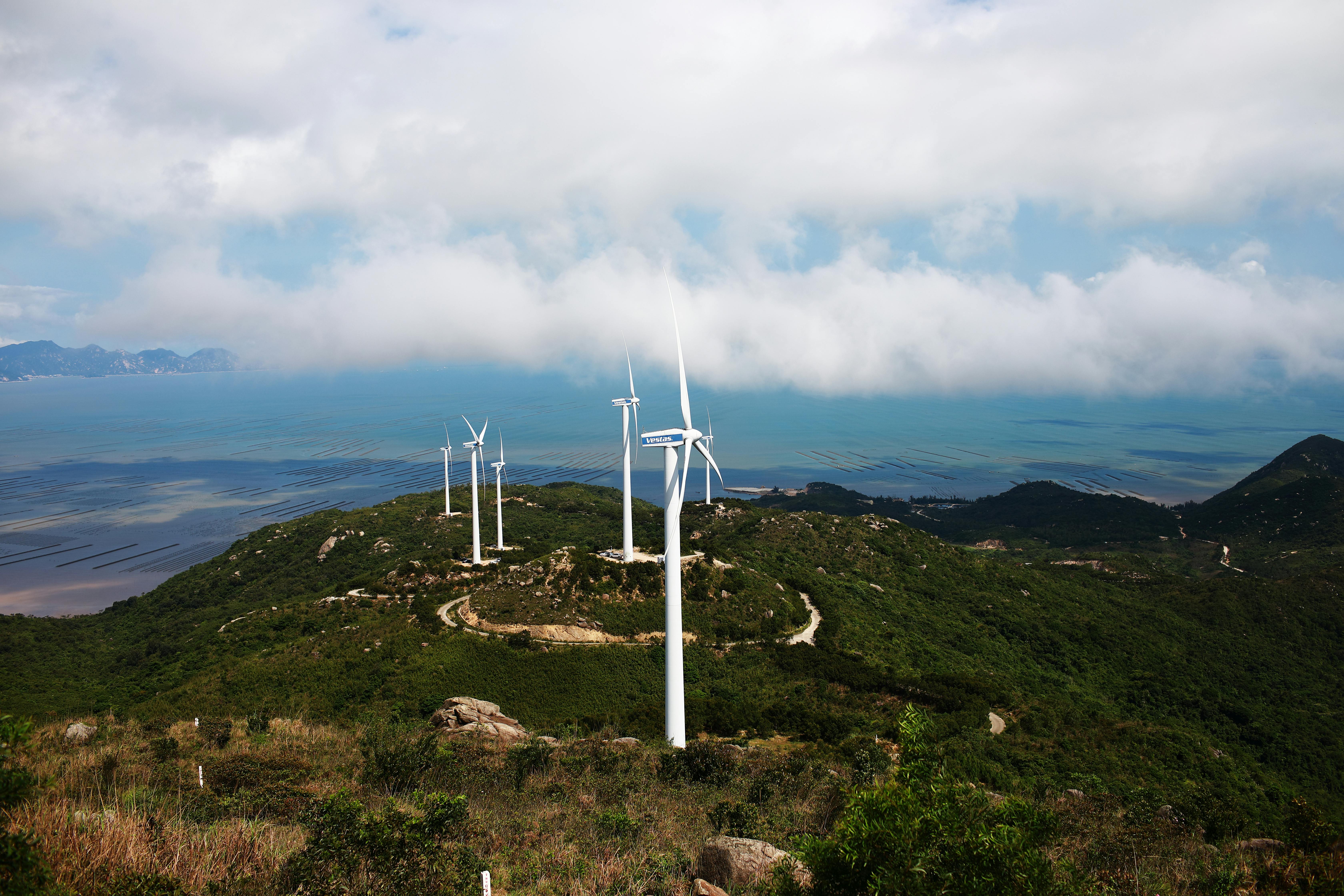Summary: China addresses rising energy demands of data centres amidst AI growth with efficiency policies and renewable initiatives.

China leads the Asia-Pacific region with 449 data centres as of 2023. Growth in artificial intelligence (AI) and digital services is surging their energy demand and emissions. Managing this rise involves green energy policies and innovative solutions.
Rapid Growth of Data Centres and Electricity Demand
China’s data centres consumed about 25% of global data-centre electricity demand in 2024, second only to the US. Estimates project electricity use could increase from roughly 100–200 TWh in 2025 to as high as 600 TWh by 2030, potentially generating 200 million tonnes of CO2-equivalent emissions. However, data centres currently represent under 3% of China’s total electricity demand. The manufacturing sector and industrial electrification remain larger consumers. The International Energy Agency (IEA) expects data centre energy use to double by 2027 but still account for just 6% of new electricity demand growth.
China’s Policies to Build Efficient, Low-Emission Data Centres
China’s 2021 three-year action plan focuses on creating energy-efficient, clean, and circular data centres. This plan has successfully reduced the average power usage effectiveness (PUE) from 1.54 to 1.48, with a target of reaching 1.25 by 2025 for large centres. Globally comparative data shows China is aiming for a higher efficiency standard than Germany’s PUE goal of 1.5. The “East Data West Computing” initiative promotes building data centres in western regions rich in solar and wind energy to supply eastern provinces. Local governments provide financial incentives and support innovative cooling technologies, including underwater data centres in Guangdong, to reduce power consumption.
Challenges & Opportunities with Renewables and Resource Use
Renewable power integration faces geographic mismatch challenges, as most renewables are in northern China while demand centres lie in the southeast. Long-distance transmission costs and renewable output variability complicate green power use at data centres. Policies promote interprovincial green power trading and development of dedicated green power parks. Water demand for data centre cooling also raises sustainability concerns, especially in arid zones. Mandates exist to improve water efficiency and close inefficient centres. As hyperscale data centres grow to support AI workloads, they will require higher power capacities, creating markets for cleaner energy solutions. Coal still dominates the power mix but is expected to decline after 2030, with nuclear and renewables projected to supply 60% of data centre electricity by 2035.
China’s data centre sector highlights significant business opportunities in green technology innovation, renewable energy infrastructure, power efficiency services, and sustainable cooling solutions. These advances align digital growth with environmental commitments, propelling a promising sustainable tech industry.
Source: Eco-Business
Tag: Business,Policy,Renewable Energy,Artificial Intelligence,China
